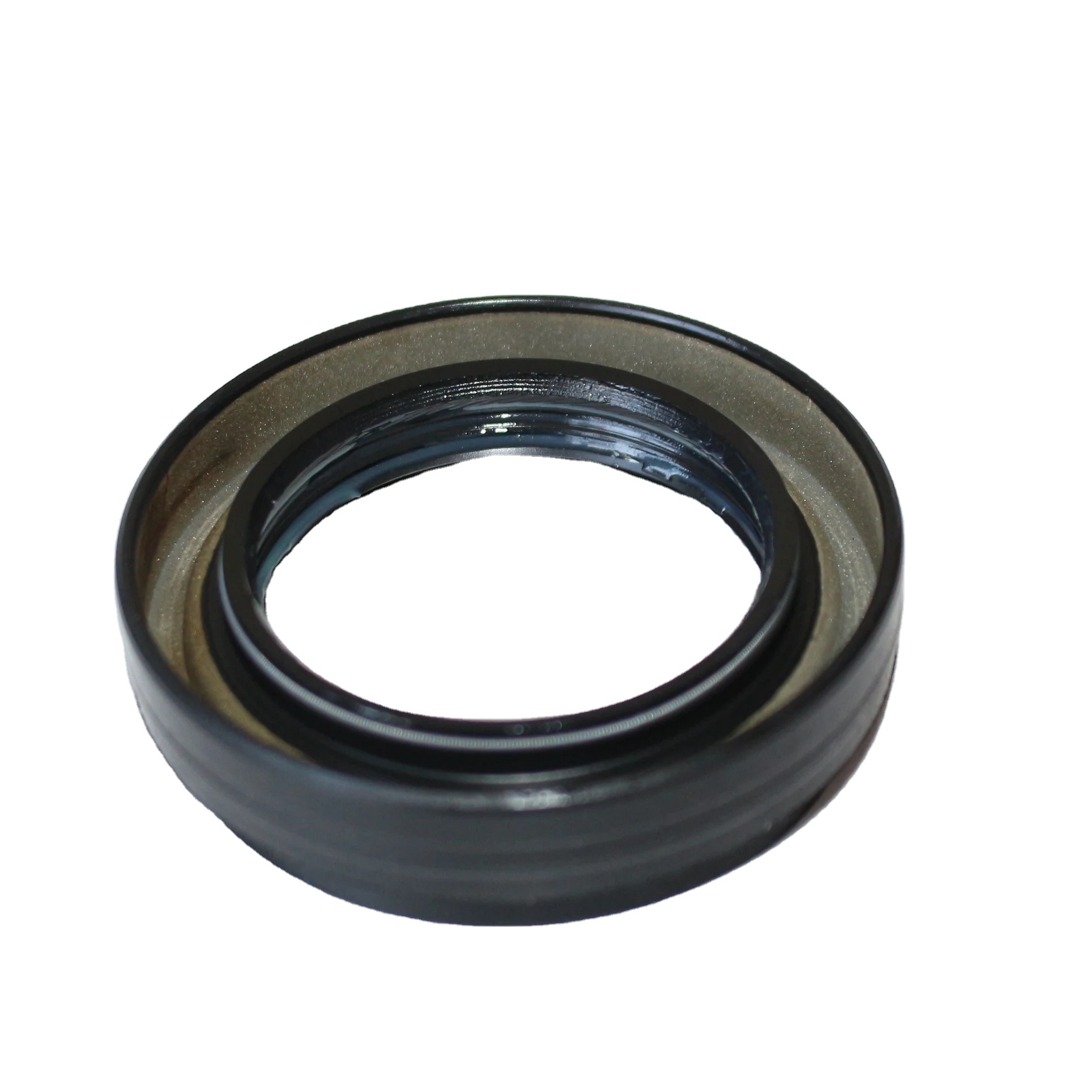oil seal 50 70 10
Understanding Oil Seals The Importance of the 50-70-10 Specification
In the realm of mechanical engineering and automotive applications, oil seals play a crucial role in preventing the leakage of lubricants and thereby ensuring the efficiency and longevity of machinery. Among the various specifications available, oil seals marked as 50-70-10 have garnered attention due to their specific dimensions and applications. In this article, we will delve into the characteristics, applications, and importance of the 50-70-10 oil seal in various industries.
What is an Oil Seal?
An oil seal is a mechanical component utilized to seal the openings of machinery and engines, preventing the escape of lubricants or the ingress of contaminants. Typically made from materials like rubber, polyurethane, or metal, oil seals are designed to withstand harsh operating conditions, including exposure to high temperatures, pressure variations, and aggressive chemicals. Their primary function is to maintain the necessary lubrication levels within machines, reducing friction and wear on moving parts, which is essential for optimal performance.
Decoding the 50-70-10 Specification
The designation 50-70-10 refers to the dimensions of the oil seal
. Specifically, these numbers signify- 50 mm The inner diameter (ID) of the oil seal. - 70 mm The outer diameter (OD) of the oil seal. - 10 mm The width or thickness of the seal.
These dimensions are critical as they determine where and how an oil seal can be used in various applications. With a 50 mm inner diameter and a robust 10 mm thickness, the 50-70-10 oil seal provides a reliable sealing solution for a range of machinery and equipment.
Applications of the 50-70-10 Oil Seal
Oil seals with the 50-70-10 specification are commonly used in several applications across various industries
oil seal 50 70 10

1. Automotive Industry In vehicles, oil seals are integral components crucial for maintaining the integrity of the engine and transmission systems. The 50-70-10 oil seal may be used in differential housings, allowing for the smooth operation of gears while preventing oil leaks that could lead to catastrophic failures.
2. Industrial Machinery Manufacturing equipment often incorporates oil seals to ensure the longevity of machinery parts. The 50-70-10 size is suitable for hydraulic cylinders and pumps, where effective sealing is necessary to contain hydraulic fluids under pressure.
3. Agricultural Equipment Farming machinery, such as tractors and harvesters, relies heavily on efficient lubrication systems. Oil seals of the appropriate size help maintain these systems, ensuring that machinery operates efficiently and minimizes downtime due to oil leaks.
4. Marine Applications Boats and other marine vessels utilize oil seals to protect critical components from water ingress while retaining oil for engine lubrication. The 50-70-10 oil seal can be found in various marine engines, making it an essential part of maritime operations.
Importance of Using the Correct Oil Seal Specification
Using the proper oil seal size and specification, such as the 50-70-10, is vital for optimal equipment performance. An incorrect seal can lead to leakage, which not only impacts lubrication but can also result in contamination of the oil and subsequent damage to engine components. Additionally, improper seals may lead to increased maintenance costs and machine downtime, adversely affecting productivity.
Moreover, with advancements in material science, specialized versions of oil seals are being developed to enhance their performance under extreme conditions. It is essential to choose oil seals that meet or exceed the required specifications for longevity and efficiency.
Conclusion
In summary, oil seals are indispensable components in many mechanical systems, playing a critical role in maintaining the effectiveness of lubrication systems. The 50-70-10 oil seal provides the necessary specifications that can cater to various applications within the automotive, industrial, agricultural, and marine sectors. As industries continue to evolve and machinery becomes more sophisticated, the importance of selecting the right oil seal becomes ever more pronounced, ensuring seamless operations and increased reliability of critical systems. Proper maintenance and timely replacement of these seals are essential to prevent costly downtimes and extend the lifespan of machinery.
-
Understanding the Front Main Engine Seal: Purpose, Maintenance, and Installation
News Jul.29,2025
-
Understanding O-Rings and Seal Rings: Types, Applications, and Custom Solutions
News Jul.29,2025
-
Understanding Crankshaft Oil Seals: Rear Seals, Pulley Seals, and Their Role in Engine Integrity
News Jul.29,2025
-
The Importance of Front and Rear Crankshaft Seals in Engine Performance and Oil Management
News Jul.29,2025
-
Crank Oil Seals: Functions, Types, and Cost Considerations in Engine Maintenance
News Jul.29,2025
-
A Comprehensive Guide to O-Rings and Seals: Types, Materials, and Global Applications
News Jul.29,2025
-
Mastering Diesel and Performance Engine Maintenance: A Guide to Critical Oil Gaskets
News Jul.28,2025
Products categories















